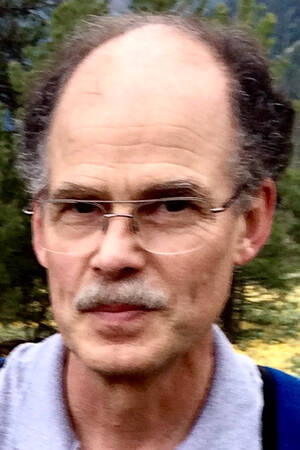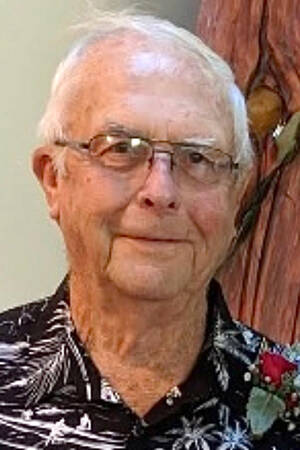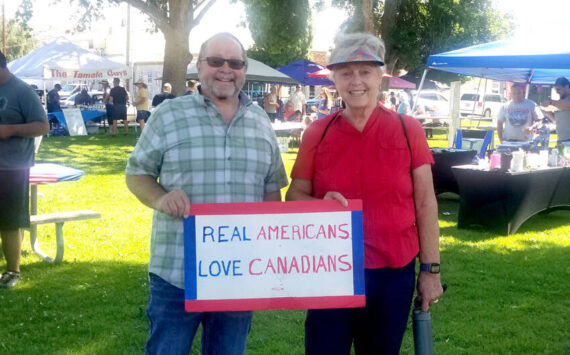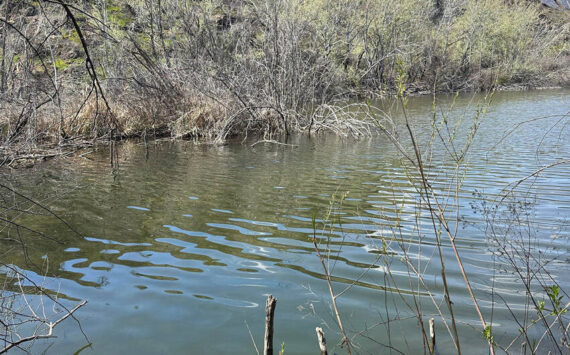TONASKET – During the regular North Valley Hospital District board meeting on Thursday, Feb. 25, the board heard a presentation about a program which will help improve the billing cycle and bring in more revenue to the district.
“The charge master committee has been researching Craneware, Inc.,” Patrick Plumb, an Information Systems Technician, said. “This is a program that will explain all the things which need to be followed so our bills will be correct. I will assure you strongly that if we get our bills correct, we can begin the financial turnaround.”
Plumb explained that the program will compare the services NVH charges for to the prices other rural hospitals charge for the same services. This will show the hospital district if they’re charging an appropriate amount for their services, which will improve revenues in the long run. After Plumb’s presentation, the board approved the purchase of the program.
During Chief Financial Officer Bomi Bharucha’s report, he told the board the budget was going to have to be examined.
“We’re going to be taking a look at the budget again because January is about $4,000 short in gross revenues, but February’s picking up,” Bharucha said.
Support Services Director John Boyd said 158 people have been given tours throughout the new hospital addition so far.
“We are currently 75 percent sheet-rocked inside the structure right now and then the crews will start tiling,” Boyd added. “We’ve got less than half of the brickwork done. We’re trying to turn that building over by mid-July which will help us save some money.”
NVH Administrator Warner Bartleson brought to the board’s attention two pieces of legislation which are currently being considered. House Bill 3021 “would impose a quality assurance fee (QAF) on licensed nursing facilities. The QAF would be a per bed fee imposed on nursing facility beds occupied by Medicaid and private-pay residents, but not Medicare residents. Money generated by the QAF would be put into a dedicated fund within the state treasury that can be used only to pay Medicaid nursing facility payment,” a document from the Department of Social and Health Services stated.
The other piece of legislation he brought to the board’s attention was Senate Bill 6194 which “would shorten and update the current statutory sections of chapter 74.46 RCW, which DSHS uses to calculate nursing facility Medicaid payment rates,” the same DSHS document stated. “Specifically, the bill would: add one new section specifying eleven broad principles — all consistent with the existing payment system — to guide in the implementation of a payment methodology in rule. It also includes a separate grant of rulemaking authority to DSHS; amend various sections — including the sections dealing with rate setting, commonly referred to as Part E. The majority of the Part E sections are retained but amended to reflect subsequent legislative changes and to remove unnecessary material and references; repeal 52 current sections; and leave in place the current section, RCW 74.46.421, addressing the budget dial.”
“I think it’s important we understand there is a bias against long-term care and there’s a feeling if we reduce beds in the long-term care, that will improve them,” Bartleson said.
The next hospital board meeting will be on Thursday, March 25 at 7 p.m. in the board room.






